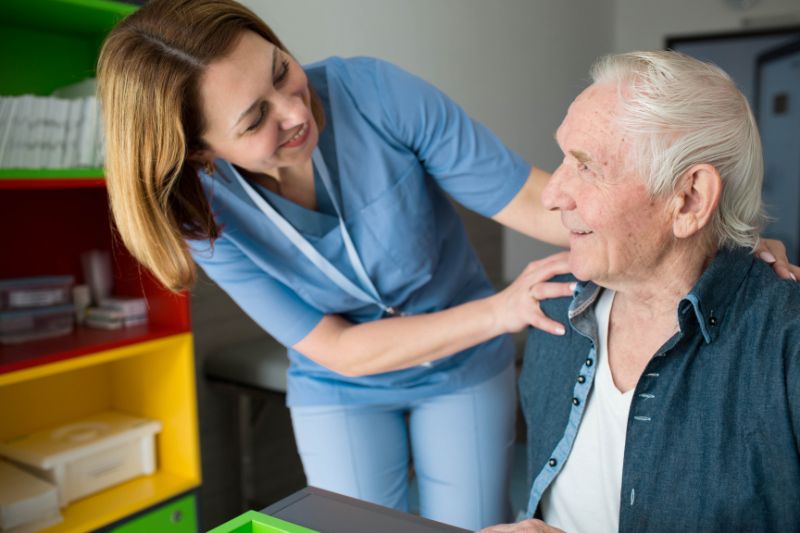
On a normal day, you probably think nothing about getting out of bed, dressing for work, or any other activities in your daily routine. Any back, hip, and knee problems may slow you down but don’t really disrupt your life. That disruption happens when you go in for surgery. While the procedure itself may proceed without a hitch, the real test starts when you need to recover from the surgery and regain strength and mobility.
Here’s where hip, knee, and back surgery rehabilitation comes in. As per the doctor’s advice, you may have to get therapy so your body can learn to adapt to the changes. For instance, if you’ve had knee or hip replacement, your joints need to accept the foreign parts and learn to work with them.
How Hip, Knee, and Back Surgery Rehabilitation Helps You
The physical therapist and orthopedic surgeon may suggest that beginning with the rehab exercises within the first 24 hours after your procedure. In the initial stages of the hip, knee, and spine rehabilitation, you’ll do the moves for 20 to 30 minutes, 2 to 3 times a day. While some discomfort and pain is very likely, the sooner you can begin with the exercises, the more streamlined the recovery will be. To assist you with pain relief, the rehab therapist will use ice packs that help bring down the inflammation. Pain management is an essential part of surgery rehab so you can perform the recovery moves more easily.
Getting hip, knee, and spine surgery rehabilitation helps you by:
- Speeding up the healing by assisting blood circulation
- Preventing blood clots
- Preventing stiffness from immobility
- Keeping the new scar tissue in the surgery site flexible
- In case you have had knee replacement surgery, your doctor may recommend that you use a Continuous Passive Motion (CPM) device to help you.
While leg and foot exercises are typically included in the rehab program, in case you’ve had spine surgery, you may also need therapy for your shoulders and upper arms. The program focuses on helping you maximize the benefits of the surgery. Further, therapy can strengthen your muscles. You’ll also regain the restricted movements caused by the damage to your spine, knee, and hip prior to the procedure.
Outcomes and Success of Hip, Knee, and Back Surgery Rehabilitation

Having signed up for the rehabilitation program, you’ll understand how to use your muscles and joints safely without damaging the new implants. After a major procedure, patients may need occupational therapy that helps them relearn how to perform normal activities like getting out of bed, walking with or without support, climbing and going downstairs and navigating uneven terrain. Additional skills include bathing, cooking, using the toilet, and also working out conveyance when you’re ready to go back to work. You’ll also learn how to use mobility aids like walking canes, walkers, crutches, or any others.
Why Choose The Bridge Care Suites for Your Rehab Program
The trained rehab personnel at The Bridge Care Suites design each recovery program keeping your individual needs in mind. You’ll also receive an extended recovery plan that guides you on life after major surgery such as exercising, medications to take, and other lifestyle changes to adopt. The Bridge Care Suites rehab facility allows you to sign up for therapy as an inpatient or outpatient. Rely on the expertise of their expert doctors, therapists, and nurses to help you return to normal living as soon as possible.
Would you like more information? You might want to contact us as soon as your surgery is scheduled. Also, check out the video for a quick peek into the services we provide.





